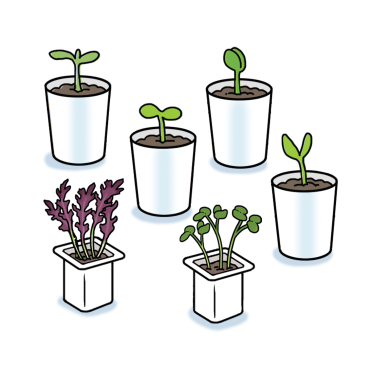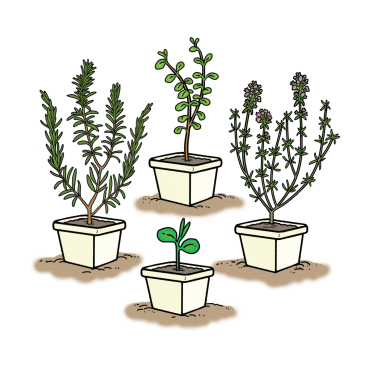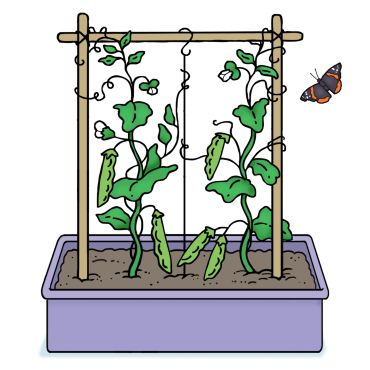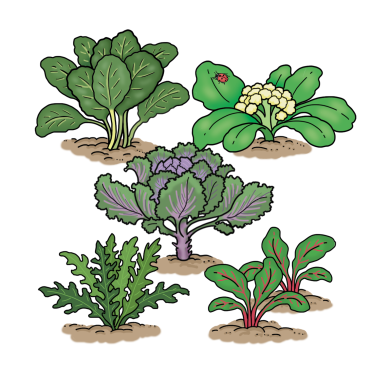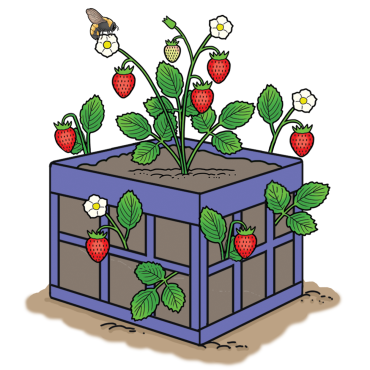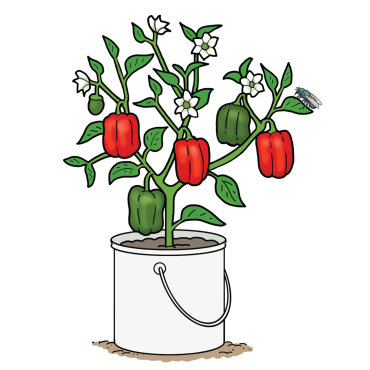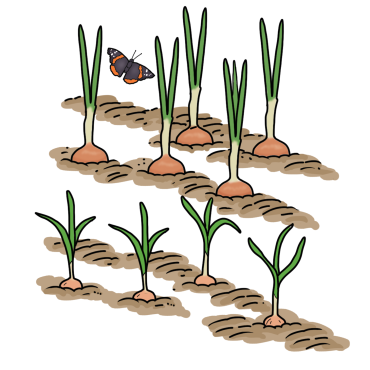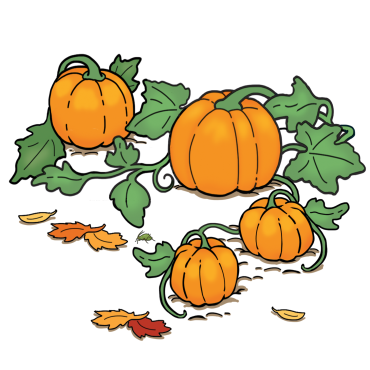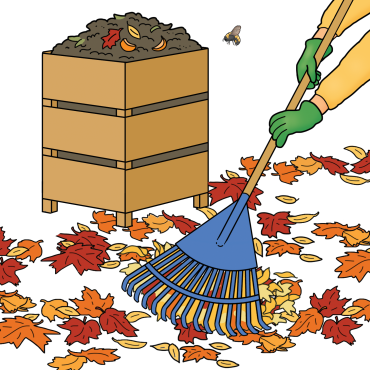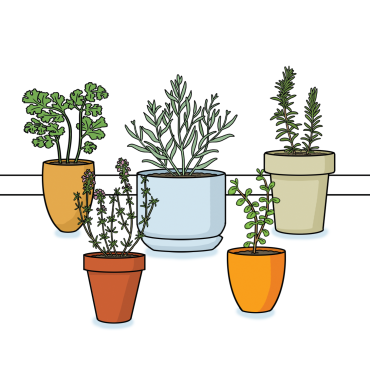Gardening Calendar
Growing a garden is a great experiment: sometimes it works, sometimes it doesn’t. The fun is in the trying! Use this calendar to keep up to date on tasks to do in the garden month by month, get ideas for kids projects in the garden, and to track when to start seeds specific to your region.
Where is your garden?
Oregon has four growing regions. Choose vegetable varieties and planting dates suitable to the growing conditions in your area:
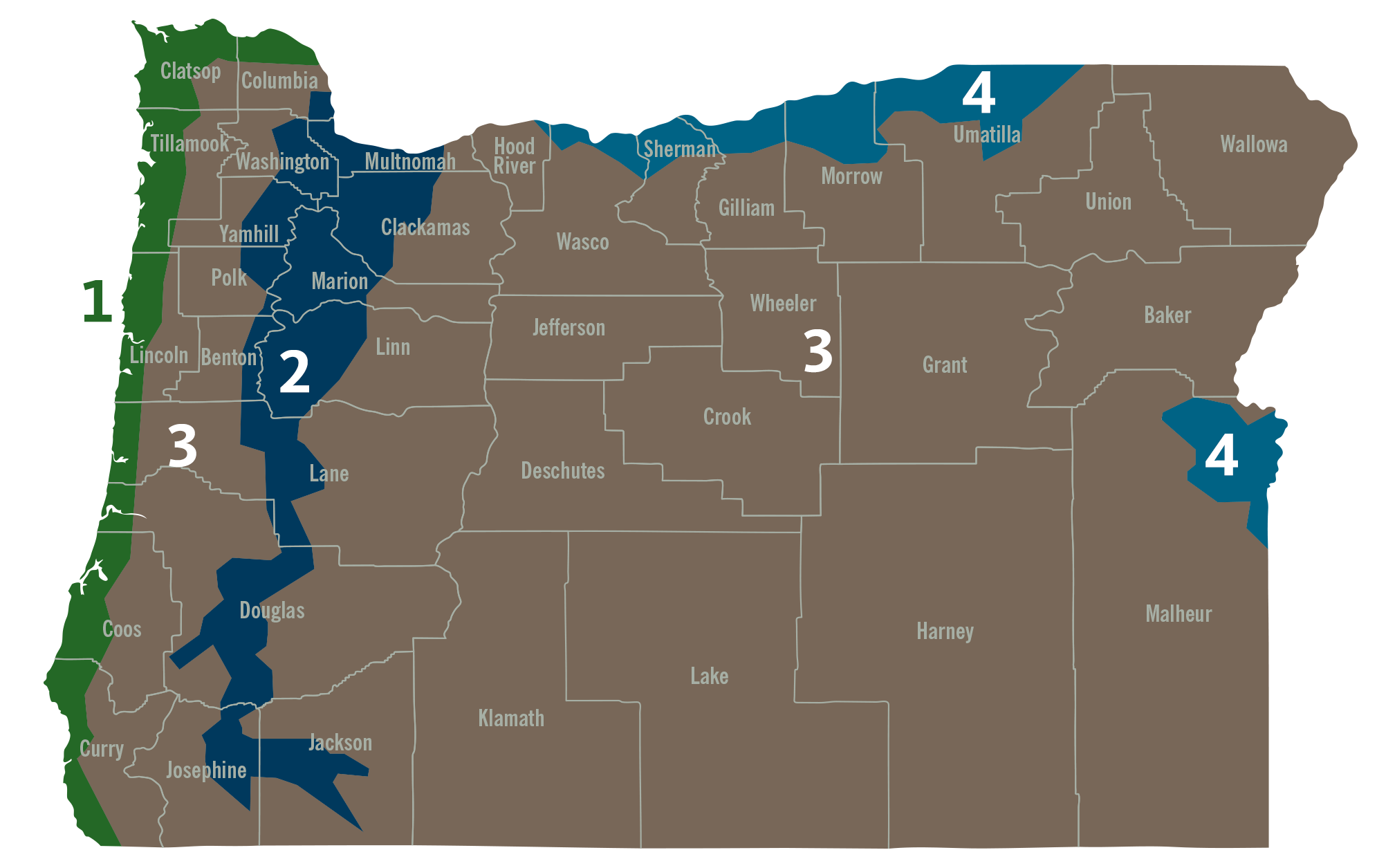
- Oregon coast: cool, long season of 190 to 250 days.
- Western valleys: 150 to 250-day season; warm days, cool nights; length of season varies year to year.
- High elevations: short growing season of 90 to 120 days; frost can occur during any month.
- Columbia and Snake River valleys: 120 to 200-day season; hot days, warm nights; length of season fairly well defined.
Oregon Garden Planner
Measure the days from seed to sprout to harvest.




